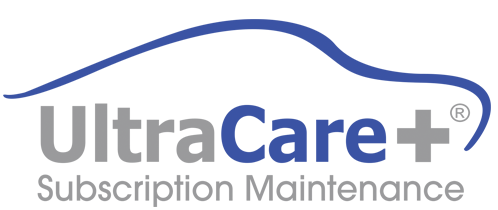When offering an automotive prepaid maintenance program (PPM) to customers, what is the dealership hoping to get in return? Certainly, one answer is to gain long term customer affinity for the dealership.
While that affinity is profitable, experience shows that customers who use a dealer’s repair facilities are much more likely to purchase a subsequent vehicle from that dealership. As fortunate as that is, the true lasting benefit is that PPM plan customers frequently purchase additional customer-pay retail parts and labor services that enhance CPRO profitability.
Essential for the dealership to capitalize on this opportunity is the dealer’s commitment to deliver a safety and reliability inspection on every vehicle. This inspection verifies why the vehicle was brought into the service lane in the first place and assists technicians in identifying other legitimate maintenance and repair needs beyond those covered by the customer’s PPM plan.
Increasing a PPM repair order with additional up-sold retail customer-pay business will add serious value to the bottom line. When a PPM plan is built into used vehicle prices, a dealer can bump after-sale service use of their dealership from anywhere between 15% and upwards of 50%.
In the case of a dealer who plugs a three-product PPM plan into every one of the 600 used units it sells each year, they can expect to generate more than $1.3 million in total incremental service revenue. This return is based on a $682 retail upsell per customer service visit over a two-year plan term, even after factoring in a 55% utilization rate and additional plan costs.
Studies of current customers purchasing one dealership’s prepaid maintenance program reveal a remarkable statistic: while roughly one in five customers returns to the dealership for service, PPM plan holders are visiting their servicing dealers at an astounding rate of 72%.
Further, plan holders that return to the dealership to redeem their plan’s perks also purchase incremental retail service about 90% of the time. In addition to the increased visit frequency, those plan holders are spending an average of $128 per visit for incremental retail service upsell products and services.
A dealer that writes 1,500 repair orders per month can easily sell 150 to 200 maintenance policies simply by presenting plan benefits to the customer during their visit. In F&I, it takes a 500-to-600-unit store to generate the same 200 maintenance policies.
So, given these upsell profit opportunities, why do some dealers hesitate to establish a PPM? Many have stated that customers simply will not show interest in these plans. In actuality, previously founded maintenance plans are loaded with services of low value to the customer yet priced quite profitably for the dealership. This is regrettable, as the nature of those plans and dealers’ inability to sell them cost dealers a considerable amount of business.
Newer, redesigned PPM programs help to eliminate this drawback by offering a wider range of products and services, usually administered, and managed to offer what are considered valuable benefits, seemingly working in both the customer and the dealer’s favor.
Finally, today’s PPM plans are software-driven, taking once time-consuming tasks like plan registration, service claim and premium submission, and creating a smooth and timely experience for all involved. Because dealers control these programs, any forfeiture (money remaining in the reserve for plan services not redeemed by purchasers) is immediate.
Every plan will experience forfeiture. It results when a customer terminates the plan early or for whatever reason does not utilize the plan. For most traditional PPM plans, the third-party administrator holds this dealer-funded reserve. It is from there that the administrator would often take up to 60% of the value of the cancelled services as part of its fee structure.
The new generation of self-administered, self-managed PPM plans offers desirable advantages to today’s market and buyer. Custom plan content is certainly appealing, in that richer content emits value to maintenance plans, and enhances the owner’s investment in having the vehicle maintained by the dealership. This, in turn, develops opportunity for service advisors to upsell additional essential services for more profitable repair orders.
